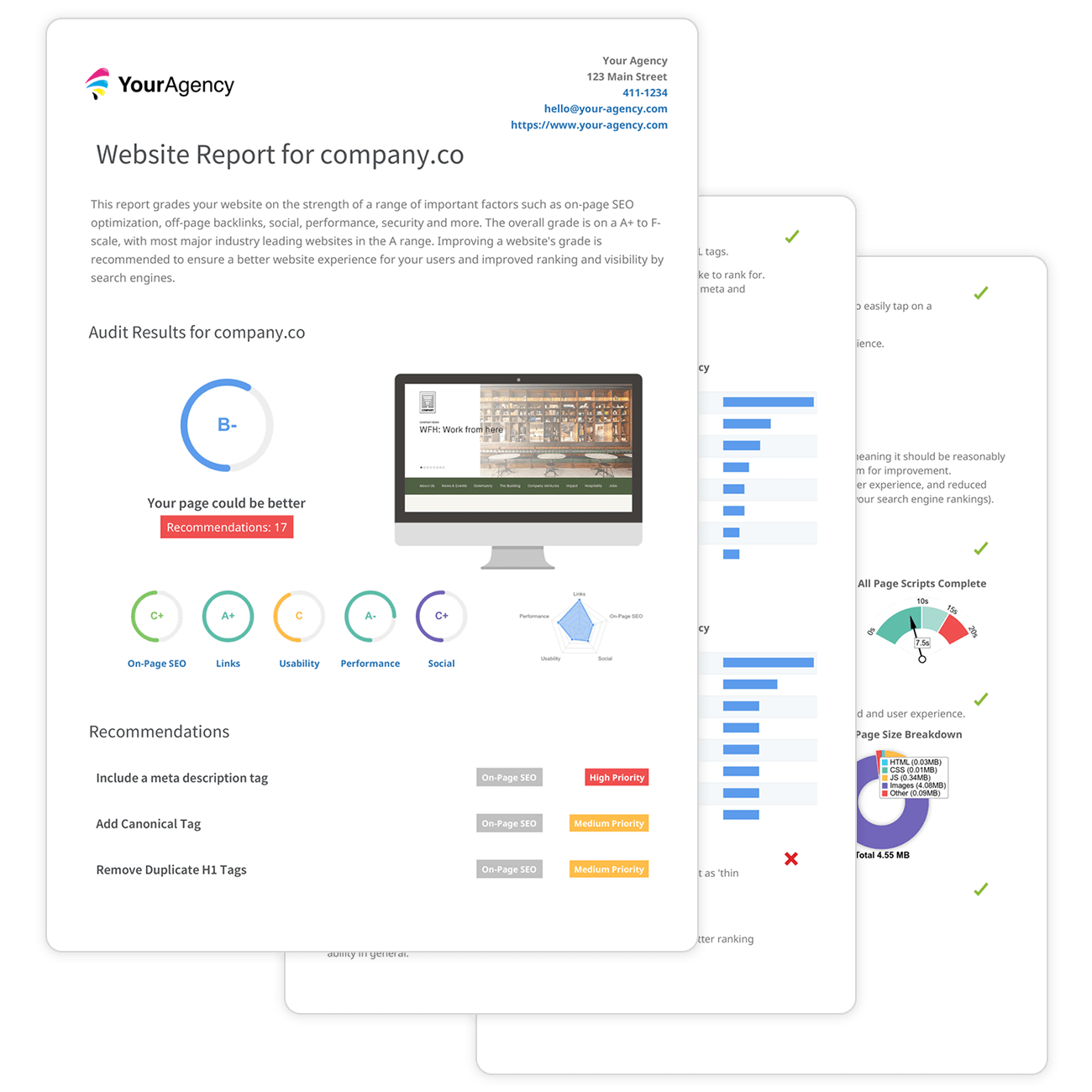Unveiling the Unconventional Mediums in Google Analytics Beyond Default Setups
In the realm of electronic analytics, Google Analytics stands as a foundation for organizations looking for to comprehend their on-line existence. While default settings provide important understandings, real deepness of recognizing hinge on checking out the unusual mediums that commonly go undetected. By venturing beyond the surface area and diving into the complexities of social networks data, e-mail campaign efficiency, referral web traffic resources, direct traffic patterns, and custom-made network groupings, a treasure of information waits for those ready to accept an extra nuanced method. Nonetheless, what lies beneath these unconventional mediums may simply redefine just how businesses perceive and plan their online efforts.

Leveraging Social Media Site Insights
Periodically overlooked, yet exceptionally important, is the method of leveraging social media understandings within the realm of Google Analytics. By incorporating information from platforms like Facebook, Twitter, Instagram, and LinkedIn right into Google Analytics, businesses can obtain a deeper understanding of their target market and the performance of their social networks campaigns.
Via this combination, online marketers can track and analyze user actions on their site that stems from social media platforms. They can recognize which social media sites channels are driving one of the most traffic, which web content is resonating with the target market, and which campaigns are transforming one of the most leads. This understanding allows for data-driven choices to optimize social media sites strategies and improve general advertising performance.
Furthermore, by combining social media understandings with Google Analytics, businesses can produce extra targeted and individualized campaigns - what is not considered a default medium in google analytics. They can utilize group details, rate of interests, and online behaviors gathered from social media to fine-tune their target market segmentation and supply customized messages that resonate with specific customer teams. This targeted strategy can lead to higher interaction, increased conversions, and ultimately, improved roi
Uncovering Email Campaign Efficiency
Uncovering Email Project Efficiency involves analyzing crucial metrics and performance signs to assess the efficiency of email advertising and marketing efforts. When delving into email campaign performance, it is crucial to evaluate metrics such as open rates, click-through prices, conversion rates, and unsubscribe rates. Open up rates show the percent of receivers who opened up the email, supplying insight into the efficiency of subject lines and sender names. Click-through prices gauge the percentage of receivers that clicked on web links within the e-mail, showing interaction degrees. Conversion rates track the portion of receivers that completed a preferred activity after clicking a web link in the e-mail, such as purchasing or signing up for a newsletter. Finally, unsubscribe rates highlight the number of receivers that pulled out of getting further e-mails, clarifying e-mail content quality and significance. By evaluating these metrics, marketing experts can tweak their e-mail projects for much better engagement and performance.
Analyzing Reference Website Traffic Resources
After assessing the performance of e-mail campaigns with crucial metrics such as open rates and conversion rates, the following essential step is evaluating recommendation traffic resources in Google Analytics to understand where website site visitors are originating from and how they communicate with the website. Recommendation traffic sources describe the web sites that route individuals to your site with clickable web links. By delving into this information, businesses can obtain understandings right into which external platforms are driving traffic to their website, whether it be social networks platforms, partner websites, or on-line directory sites.
Examining referral web check these guys out traffic can supply important information on the performance of outside marketing efforts and partnerships. It aids services determine high-performing recommendation resources that add substantially to web continue reading this site traffic and conversions. By recognizing the behavior of site visitors coming from different reference resources, businesses can tailor their advertising techniques to enhance interaction and conversions. Google Analytics offers in-depth records on referral web traffic, enabling organizations to track the efficiency of each referral source precisely and make data-driven decisions to improve their on-line visibility.
Discovering Direct Traffic Patterns
Discovering the direct web traffic patterns in Google Analytics provides valuable understandings right into customer habits and the efficiency of campaigns - what is not considered a default medium in google analytics. Direct traffic refers to site visitors who arrive at a website by directly inputting the link into their internet browser, using bookmarks, or clicking on untagged web links. Recognizing straight traffic patterns can assist marketing professionals examine the impact of offline advertising and marketing efforts, brand acknowledgment, and the effectiveness of word-of-mouth recommendations
By delving right into straight traffic information, businesses can discover vital information regarding user intent and brand name loyalty. Assessing the actions of straight site visitors, such as the pages they visit, the time spent on site, and the conversion rate, can provide a deeper understanding of user interaction and the general performance of the website in converting visitors into customers.
Additionally, tracking direct web traffic patterns gradually allows companies to identify patterns, seasonality results, and the success of certain projects or promos in driving straight check anonymous outs. This details can then be made use of to refine advertising methods, enhance website web content, and boost the general user experience to optimize conversions.
Using Custom-made Channel Groupings
Using custom network groups in Google Analytics enables companies to classify and assess their internet site web traffic based upon particular criteria, giving valuable insights for enhancing marketing approaches. Custom network groupings enable business to develop their own customized groupings of traffic resources, such as social media, natural search, email campaigns, and recommendation traffic. By specifying these groups, services can obtain a deeper understanding of just how different advertising networks add to their website traffic and conversions.
This attribute is specifically helpful for organizations with diverse advertising approaches throughout different systems. A business running both paid and organic social media projects can separate between the two to assess their specific efficiency accurately. In addition, customized channel groups can aid determine any type of ignored or taken too lightly web traffic resources that may be driving valuable engagement.
Conclusion

By venturing past the surface and diving into the ins and outs of social media information, email project performance, recommendation website traffic sources, direct traffic patterns, and custom-made channel groupings, a prize chest of details waits for those ready to embrace a more nuanced strategy. They can determine which social media networks are driving the most traffic, which material is reverberating with the target market, and which campaigns are transforming the most leads.After examining the performance of email projects via vital metrics such as open prices and conversion prices, the following essential action is analyzing reference website traffic sources in Google Analytics to understand where site visitors are coming from and exactly how they connect with the website. Custom network groupings make it possible for companies to create their own customized groupings of traffic sources, such as social media, natural search, email campaigns, and referral website traffic. By leveraging social media understandings, discovering email project efficiency, assessing referral traffic resources, exploring direct website traffic patterns, and making use of custom-made channel collections, marketers can obtain important insights right into their on-line visibility.
Comments on “A Detailed Take a look at What Is Not Considered a Default Medium in Google Analytics”